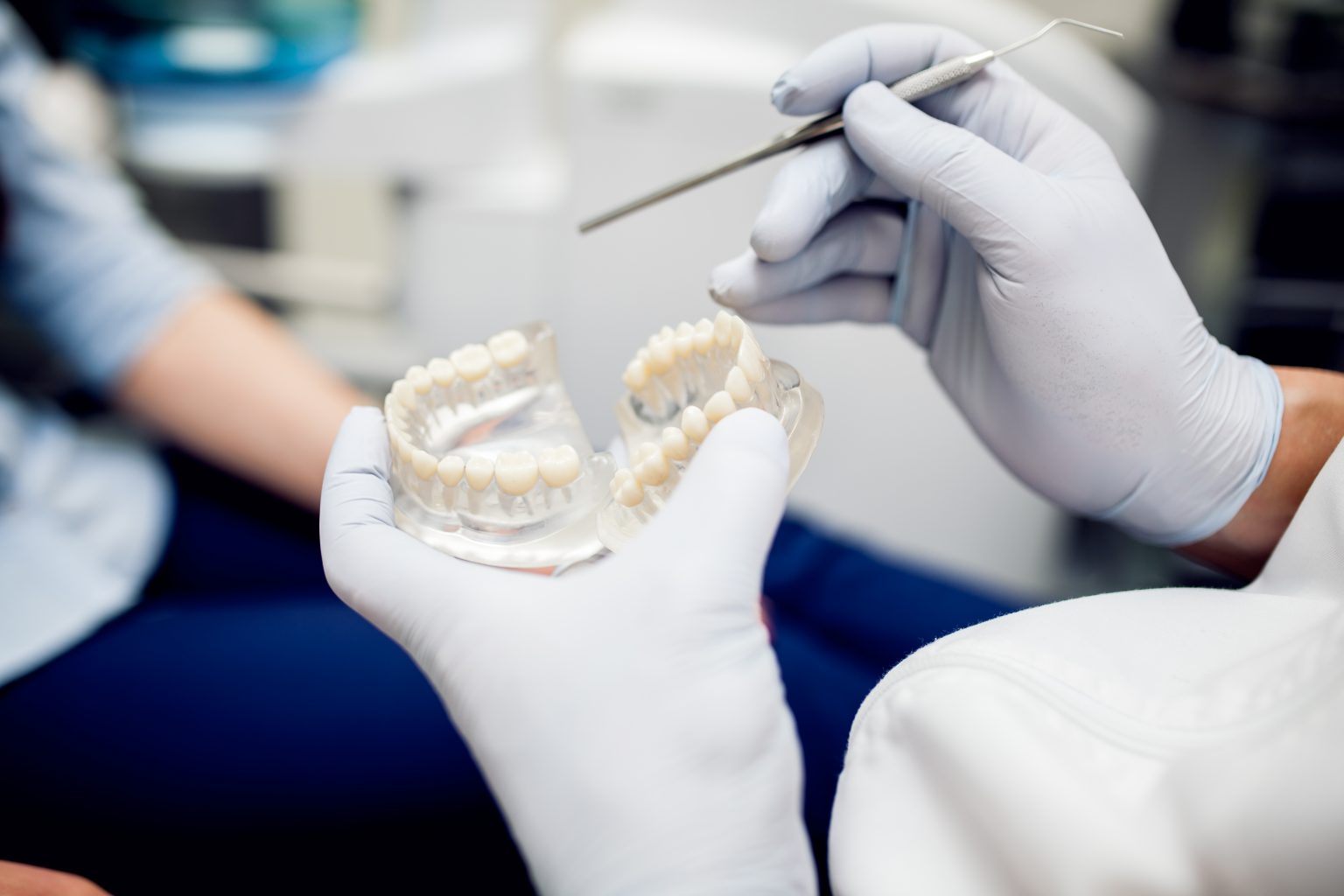1. What does having shaven teeth and porcelain veneers mean?
Your teeth’s front surface may need to have a thin layer of enamel removed by your dentist in order to place porcelain veneers. This procedure, often called “shaving,” creates space for the veneers and facilitates a good adhesion between them. Making sure the enamel is shaved guarantees a good fit and a natural-looking veneer.
2. For porcelain veneers, why is it necessary to shave teeth?
In order to make room for the veneers and avoid an awkward or bulky appearance, teeth are shaved. Additionally, shaving guarantees that the veneers fit perfectly with the rest of your teeth and helps them adhere to the tooth firmly.
3. Is it possible to receive porcelain veneers without first shaving?
Yes, certain people can be eligible for veneers with no preparation needed, like Lumineers, which don’t require enamel removal. However, because they can seem bulkier than standard porcelain veneers, these are usually only advised for small cosmetic adjustments.
4. What occurs when veneers require excessive enamel shaving?
Too much enamel removal may cause sensitivity in the teeth or raise the possibility of injury. For this reason, it’s critical to see a skilled cosmetic dentist who understands how much enamel to remove without endangering the integrity and strength of your teeth.
5. What is the average lifespan of porcelain veneers before they require replacement?
Although porcelain veneers typically last 10 to 15 years, some can last up to 15 years with adequate maintenance. The durability of veneers is significantly influenced by variables such as nutrition, oral hygiene, and routine dental examinations.
6. When should veneers made of porcelain be changed?
If porcelain veneers chip, crack, wear down, or the glue between the veneer and tooth weakens over time, they must be replaced. Furthermore, the veneers may need to be changed or altered if your gums recede and they no longer fit correctly.
7.What steps are involved in replacing porcelain veneers? 7.
In order to replace porcelain veneers, the tooth must be re-prepared and the previous veneer removed. Following that, the dentist will create fresh impressions and adhere a fresh veneer to the tooth. This procedure is comparable to the initial veneer placement; however, according on the state of the teeth, extra processes can be needed.
8. How much does it cost to replace porcelain veneers?
The price of replacing veneers can vary, generally running from $1,000 to $2,500 per tooth, contingent on the dentist’s experience, the type of veneer, and the location. The cost of replacements is often comparable to that of the original treatment.
9. How should my changed porcelain veneers be maintained?
Maintaining your original teeth and veneers that have been replaced are same. To preserve their longevity and look, have regular dental cleanings, refrain from biting hard items, and brush and floss every day.
10. Can veneers be changed more than once?
Indeed, if necessary, porcelain veneers can be changed more than once. However, to guarantee that the teeth behind veneers stay strong and healthy in the future, it is vital to keep good dental health.
In conclusion:
Although some tooth grinding is necessary, porcelain veneers provide a durable and attractive aesthetic option. Veneers eventually need to be replaced, even though most of them endure more than ten years. It’s important to speak with a licensed cosmetic dentist if you have questions regarding the initial tooth-shaving procedure or are getting ready for subsequent replacements. Porcelain veneers can produce stunning, long-lasting results with the right maintenance, assisting in the maintenance of a self-assured, perfect smile.

